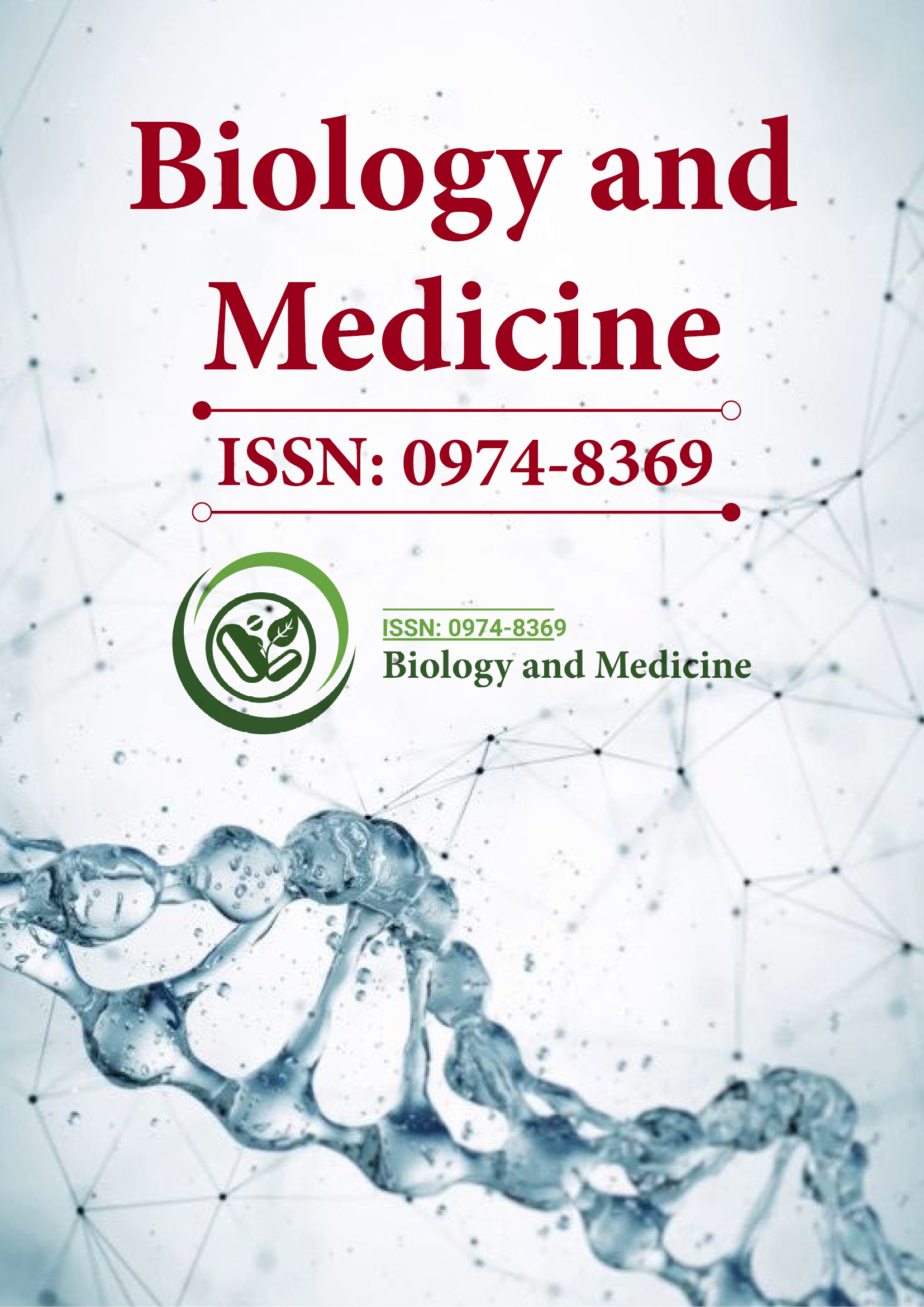Indexé dans
- Ouvrir la porte J
- Genamics JournalSeek
- CiteFactor
- Cosmos SI
- Scimago
- Répertoire des périodiques d'Ulrich
- Bibliothèque des revues électroniques
- RechercheRef
- Université Hamdard
- EBSCO AZ
- Répertoire d'indexation des résumés pour les revues
- OCLC - WorldCat
- Invocation de Proquête
- érudit
- ROUTE
- Bibliothèque virtuelle de biologie (vifabio)
- Publions
- Fondation genevoise pour la formation et la recherche médicales
- Google Scholar
Liens utiles
Partager cette page
Dépliant de journal

Revues en libre accès
- Agriculture et aquaculture
- Alimentation et nutrition
- Biochimie
- Bioinformatique et biologie des systèmes
- Business & Management
- Chimie
- Génétique et biologie moléculaire
- Immunologie & Microbiologie
- Ingénierie
- La science des matériaux
- Neurosciences & Psychologie
- Science générale
- Sciences cliniques
- Sciences environnementales
- Sciences médicales
- Sciences pharmaceutiques
- Sciences vétérinaires
- Soins infirmiers et soins de santé
Abstrait
Isolation of a novel population of multipotent stem cells from the epidermal layer of human skin
AB Balaji, Kaiser Jamil, G Maruthiram and CM Habibulla
Skin samples from the forefront were collected after surgical excision from boys below 7 years of age from Deccan Medical College, Hyderabad, in cold saline (40 °C) in sterile containers. These skin samples were cut into small pieces and incubated in trypsinized phosphate buffered saline (PBS) overnight to dissociate the epidermis from the dermis. The detached epidermal layer was lifted and collected to prepare the cell suspension. The cell viability was 88% with PI staining. Approximately 50 μl of cell suspension was aliquoted into flasks (105 cells/per flask) and incubated with 2 μl of antibody. Different stem cell biomarkers such as CD34 - one of the skin stem cell markers, CD 49f and CD29 - common stem cell markers, CD45 lymphocyte marker, CD90 (Thy-1) skin stem cell marker and CD105 endothelial marker and CD56 (NCAM) neural adherent marker were used. Using these stem cell cell surface markers, cytometry was performed on a FACS Calibur with sorter (BD Biosciences). These immunophenotypic markers with Cellquest software expressed the characteristics of stem cells. FACS analyses yielded different stem/progenitor cell profiles of mesenchymal, hematopoietic and neural progenitors. These expressed profiles indicated that its progenitor might have the multipotent and/or pluripotent character. Using embryonic markers, we were able to select a stem cell population to yield multipotent or pluripotent cells that may have the ability to regenerate skin cells for application in burns, wounds, deep burns, and non-healing wounds. In conclusion, we present here for the first time the isolation of pluripotent/multipotent skin stem cells from human foreskin biopsy samples and its potential applications for various applications.